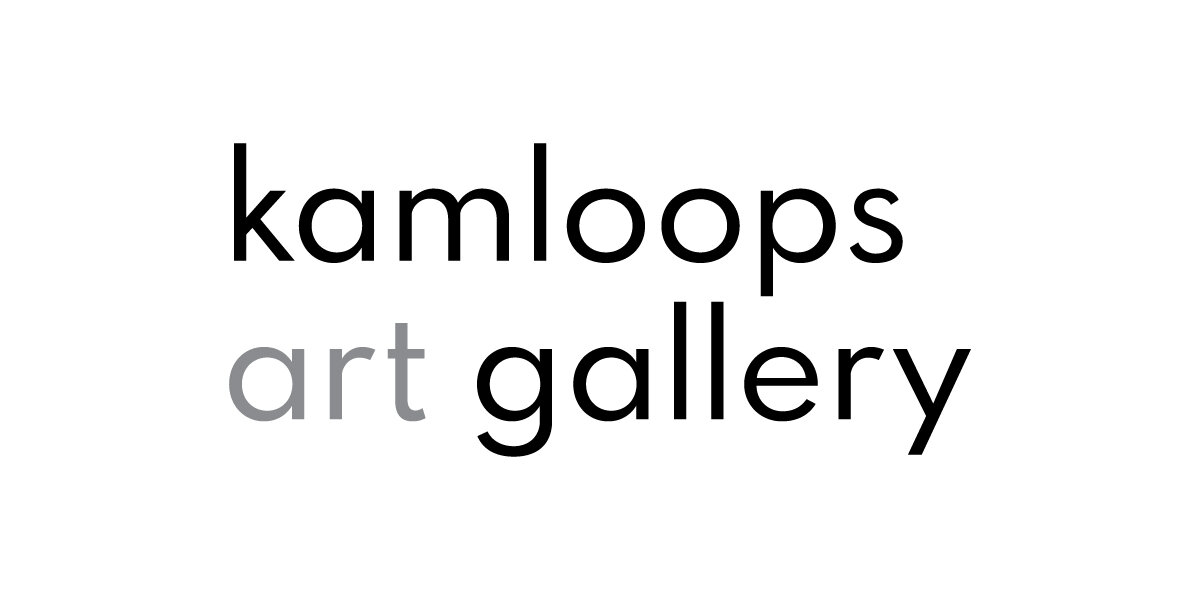Moonlit Tree - Watercolour and Stamp
SCHOOL PROGRAM LESSON PLAN – 4 to 6
Moonlit Tree - Watercolour and Stamp
Final Project Description:
A full watercolour and salt resist moon ground with stamped tree in the foreground. Two drawn characters interact on either side of the tree.
Description:
Students will create a mixed media scene of a moonlit tree with two characters flanking the tree. They will consider the history of treed space in fairy tales and as a setting for supernatural, fantastic or imagined interactions, creating a simple story about the characters in the drawing and their meeting at night in the woods.
Theory:
Students will (taken from the BC Curriculum PLOs):
- apply visual elements and design principles including contrast
- create images using rhythm, asymmetrical balance and space to create mood
- self-assess and refine use of materials
- visualization and sharing
- summarize a story in logical order
Creation & Analysis:
- Revisit and reference Raab’s work. Touch on the idea of liminal or transitional space and how different media (theatre, film, books) have used forests as settings for transformation and fantastic interactions. Reference popular fairy tales that kids will recognize and discuss how the forest was used as a setting for action.
- Introduce the activity. We will create a moonlit tree to create a simple setting for our imaginations to work on, much the way Raab depicts forests in such a way that the viewer can easily imagine something occurring there, whether extraordinary or threatening. What makes the woods scary? What make it peaceful? Can these feelings coexist in one place?
- Demonstrate how to use watercolurs and create a wash. Make your moon by diluting watercolour pigment and swirling paint into a big, round wash. Have students practice their moons on scrap paper. Use two colours for visual interest. Explain the surface of the moon is rough and pockmarked (why?) and we are going to create that texture by using coarse salt to absorb paint. Explain how salt does this.
- Apply salt while watercolor is still wet so it can soak up water and create dry, moonlike pockets of resist.
- The moons will need some time to dry. Using a variety of tools (foam, wood sticks, blocks, etc) create a basic tree stamp print by improvising how to use tools to create marks. Explain the component shapes of a tree and how to put them together to create a main trunk, at least three main branches and a number of smaller twigs coming off main branches. Use black ink for contrast. Stamp out the shape.
- Finish off the piece by having students invent two characters – animals, plants, humans, beasts, rocks, etc.) and draw them in the scene with pencil and fineliners. No text! Only images. Finish by having students explain the action about to take place and why the forest at moonlight is the best place for this exchange to take place.
Duration:
60 minutes in the studio – 10 mins on approach, 5 mins explaining how to achieve different effects, 40 mins on project, 5 mins for wrap up and possible discussion or look at other’s work to end class. Works will need to dry.
Materials:
Pencils
Rag paper
Fineliners
Water and watercolour paint
Black block printing ink
Medium brushes
Palettes
Coarse salt
Paper towel to blot with
Look & Discuss:
-HAVE STUDENTS PUT THEIR NAMES ON THEIR work! This is important.
How has this activity made them consider the forest as setting in cultural products? Why do they think artists are drawn to the woods as a place of reference? How many stories can they think of that take place in the woods? Do they find the woods scary? Mysterious? Exciting? What are the major differences in terms of feeling or atmosphere between inside and outside?
Prep:
-Layout pencils, paper, palettes, brushes, watercolour paint
-Cut paper to size
-Have fineliners and salt on the side.
-Set out a variety of tools for improvised stamp printing
-Set out printing ink and plexi (you can probably use black paint for stamping too)
-Rags for clean up
Take it further:
Ask students to look at each other’s work at the end of class to see how other students approached their project. How are they similar? How are they different? How has this activity made them consider forests as a setting and a special place?
